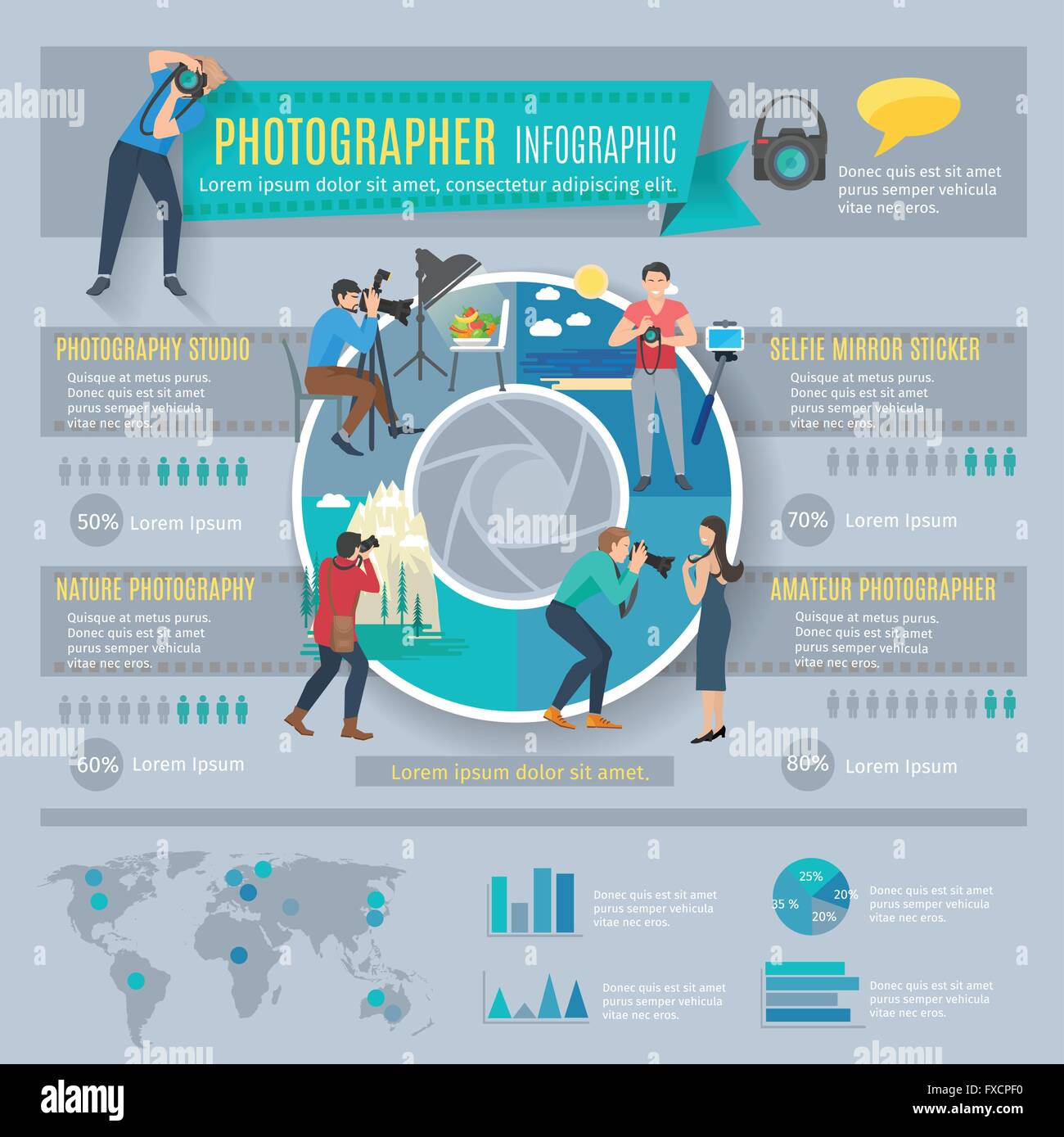Change Your Digital Photography By Understanding Illumination Techniques That Can Boost Your Photos-- Discover The Common Mistakes That Could Be Holding You Back
Change Your Digital Photography By Understanding Illumination Techniques That Can Boost Your Photos-- Discover The Common Mistakes That Could Be Holding You Back
Blog Article
Write-Up By-Caldwell Polat
As a digital photographer, you recognize that lights can make or break your pictures. Recognizing the subtleties of both all-natural and man-made light is necessary for capturing the mood and clarity you go for in your job. Whether you're chasing after the perfect gold hour radiance or fine-tuning your fabricated arrangements, mastering these components can elevate your photography significantly. Yet there are common mistakes that many neglect, and recognizing them can change your approach to every shoot. Allow's discover what you may be missing and how it can influence your outcomes.
Comprehending All-natural Light
Recognizing all-natural light is important for any type of professional photographer looking to improve their work. It's the structure of excellent digital photography, influencing mood, tone, and clearness. When you fire outdoors, take note of the moment of day. The gold hour-- shortly after sunrise and before sundown-- supplies soft, cozy light that can transform average scenes into spectacular photos.
Do not underestimate the power of overcast days. Cloud cover diffuses sunlight, creating a soft, also light that's ideal for portraits and macro photography. You'll find shades appear this kind of illumination without severe darkness.
Positioning issues, too. Always consider your subject's orientation to the light. If the sunlight's behind your subject, you might wind up with a shape, which can be significant yet mightn't be what you desire. On the other hand, straight sunlight can produce unflattering darkness.
Explore angles; sometimes, altering your perspective can yield remarkable results. Usage all-natural reflectors, like water or sand, to bounce light onto your topic, including measurement.
Learning Artificial Light
Mastering fabricated light is important for professional photographers that intend to take their abilities to the next level. Whether https://postheaven.net/joycelyn61lavern/usual-errors-new-photographers-make-and-just-how-to-stay-clear-of-them utilizing speedlights, workshop strobes, or constant lights, recognizing just how to adjust these resources can significantly enhance your photos.
Beginning by acquainting yourself with the fundamentals of light quality, direction, and shade temperature. Experiment with different modifiers like softboxes, umbrellas, or grids to manage the gentleness or cruelty of the light.
You'll discover that soft light frequently creates complementary results, while harsher light can include drama and deepness. Don't avoid shadows; they can improve the three-dimensionality of your topics.
Pay close attention to the placement of your lights. A light positioned also close to your subject can develop uncomplimentary outcomes, while also away can bring about an absence of detail. Make use of a light meter or your electronic camera's pie chart to guarantee you're subjecting properly.
Lastly, bear in mind that artificial light can be blended with ambient light for imaginative impacts. Stabilizing these sources might take technique, once you grasp it, your photography will genuinely shine.
Techniques for Various Circumstances
When you step into various capturing circumstances, adjusting your lights techniques is crucial for catching the very best photos. For outside portraits, make use of the golden hour-- morning or late afternoon light-- to soften darkness and enhance complexion.
If it's a harsh noontime sunlight, think about making use of a reflector to jump light back onto your topic or seek shaded locations for an extra even direct exposure.
In https://www.theverge.com/2020/4/22/21230308/apple-iphone-se-2-2020-review-features-specs-camera-price -light situations, like indoor occasions, increase your ISO and use a wide aperture to allow in more light. A tripod can aid remove video camera shake, enabling longer direct exposures without blurring.
If professional copyright photo shooting at evening, experiment with off-camera flash to create dynamic lighting and depth in your photos.
For product digital photography, utilize diffused illumination to avoid extreme representations. Softboxes or light tents can aid attain this effect.
When photographing landscapes, think about the instructions of light and time of day, as it can significantly change the mood of your shot.
Always be ready to change your settings and positioning based upon the situation, as flexibility is crucial to understanding lighting in photography.
Conclusion
Finally, grasping lights is essential to elevating your photography abilities. Accept natural light's elegance throughout golden hour, and do not avoid try out synthetic light strategies. By adjusting your approach to various scenarios, you'll capture stunning pictures that resonate with emotion and clarity. Keep in mind, the right lighting can change an average shot into something extraordinary, so keep exercising and refining your understanding of both all-natural and fabricated light. Pleased capturing!
